Blue jeans are an American icon. Born from humble origins as rugged workwear, they’ve become an everyday wardrobe staple that has influenced culture not only in America but also around the world. Known for their durability and versatility, a good pair of jeans can last for years—even decades.
1. Check the Fabric Composition
Traditionally, jeans are made of denim, a 100 percent cotton fabric with a unique twill weave, which gives it a diagonal ridged texture that makes it more durable than other fabrics. It also makes denim quite rigid, so nowadays it’s common to find Lycra or Spandex added to provide some flexibility and stretch.That means the first thing to pay attention to when buying a new pair of jeans is the synthetic fiber content.
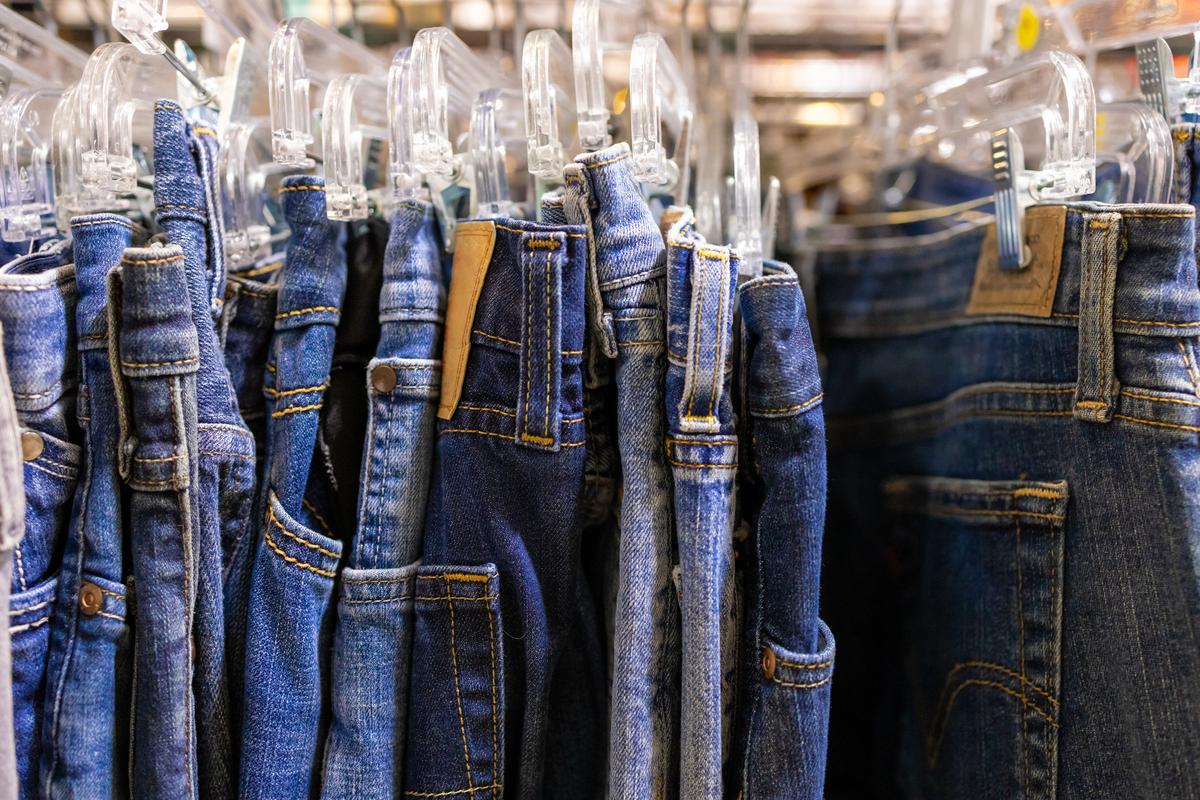
2. Choose a Heavier Weight
Then there’s the weight of denim, which is measured in ounces per yard. “Aim for denim that’s at least 12 to 16 ounces, which indicates a denser weave and better durability,” Ms. King suggested. Heavier denim generally lasts longer. You can check the label to see if it is heavy, medium, or light denim, and aim for heavier jeans.3. Look for Tight Seams and Rivets
Although the weave of denim is a main component that adds to jeans’ durability, the seams and rivets are also important.Rivets deserve a special mention, as they are the added element that about 150 years ago marked the invention of the iconic “blue jeans.”
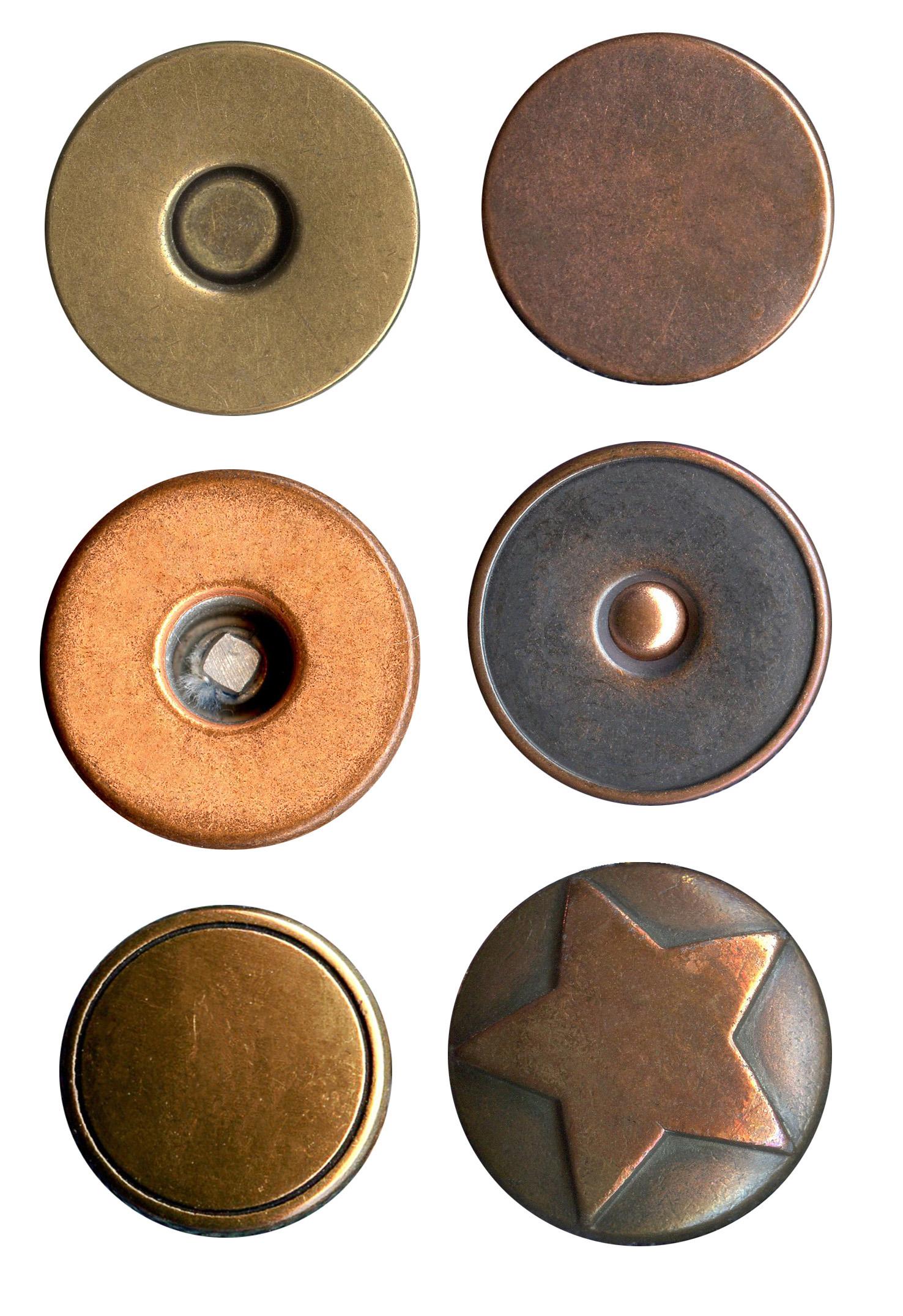
Around 1870, a frustrated wife asked her local tailor in Reno, Nevada, if he could find a way to make her husband’s working pants more durable. That’s when Latvian-born tailor Jacob Davis decided to add metal rivets to the corners of the pockets and the base of the button fly as reinforcement. It was a great success, and Davis thought he should patent his invention, but didn’t have the money to do so. So he wrote to Levi Strauss, a German immigrant who was his denim supplier, to partner up, and so they did. “The secratt of them Pents is the Rivits that I put in those Pockets,” Davis’s letter to Strauss is quoted in “Everyone Wears His Name: A Biography of Levi Strauss.” The rest, as the saying goes, is history.
4. Choose Darker Shades
The color of the jeans can also be an indication of durability. Lighter shades often indicate the fabric was more heavily treated, according to Michelle Barrett, costume designer, personal stylist, and founder of Capsule Closet Stylist. “The processes used can already damage the fabric somewhat, so it is best to stick to darker shades,” she said.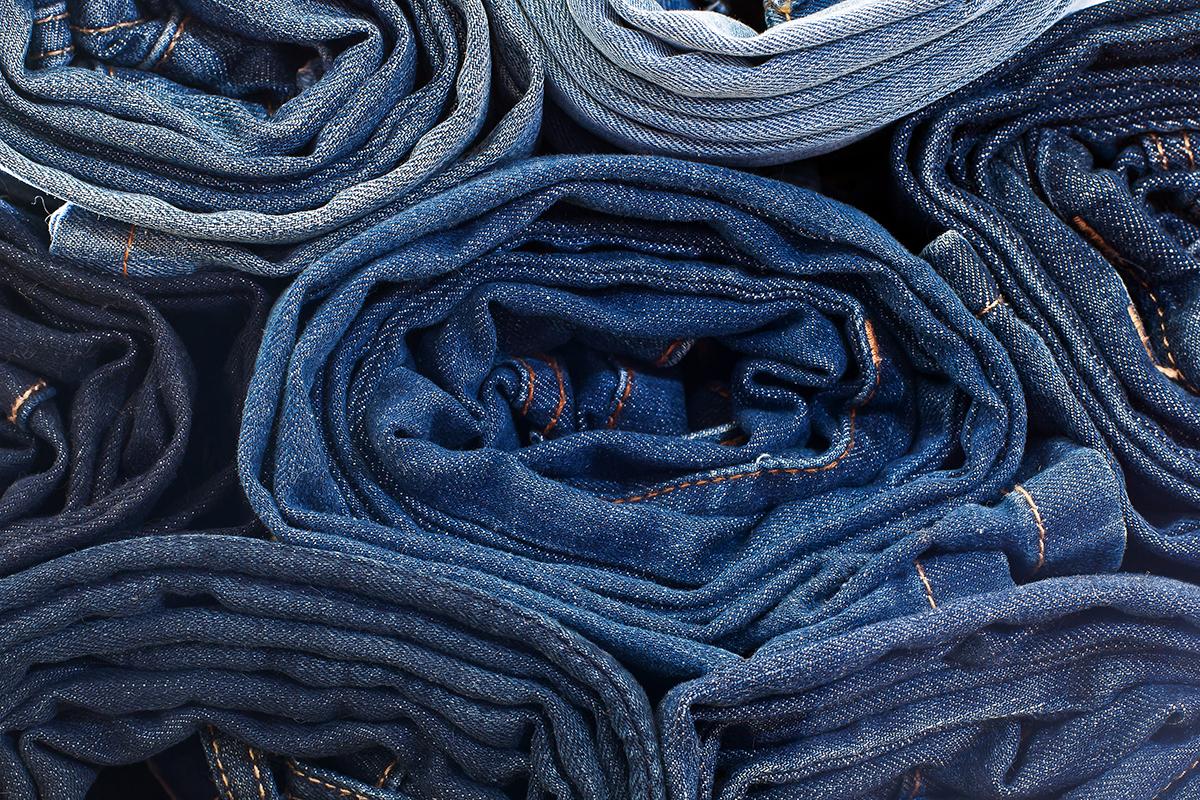
5. Consider Raw or Selvedge Denim
For an even higher standard of durability, “consider investing in raw or selvedge denim,” Ms. King said.Raw Denim
Some denim enthusiasts advocate for raw denim as the best kind, especially in terms of durability. Most jeans in stores are washed jeans, meaning the denim was washed and potentially treated with chemical or physical abrasives during production, to soften the fabric, reduce later shrinkage, and create faded or distressed styles. Raw denim hasn’t gone through this “pre-washing” process, which has pros and cons.Most importantly, since every wash weakens the fibers, raw denim is more durable and will hold up longer. A second advantage is more aesthetic than practical: Unlike washed denim, which may come with premade fades and distressing, raw denim starts as a blank canvas and will fade based on the wearer’s movements. Your jeans will become a unique reflection of yourself. Raw denim enthusiasts often use different methods to achieve sharper contrast and awe-inspiring fades—for them, it’s a personal project of self-expression and long-term rewards.
Selvedge Denim
“Selvedge,” which derives from “self-edge,” refers to how the denim fabric was woven. Selvedge denim is woven in old-style shuttle looms that produce fabric with finished edges. These edges won’t unravel and don’t require additional finishing work.Currently, one denim manufacturer in the United States produces selvedge denim. Japan has become the standard in terms of selvedge denim because of the great care and respect for tradition they put into every step of production. But you don’t need to go to Japan to get some of this precious fabric, as some American brands use it to make their jeans—look for Japanese selvedge denim in their composition information.
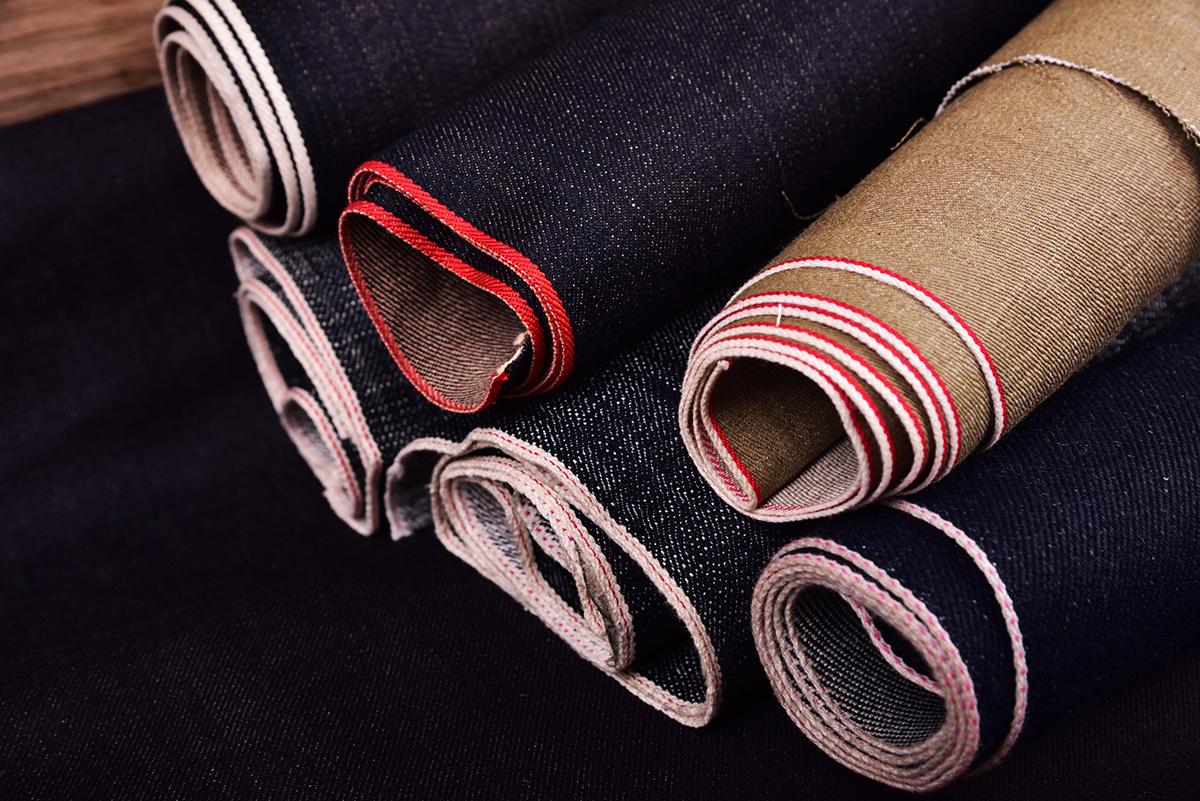
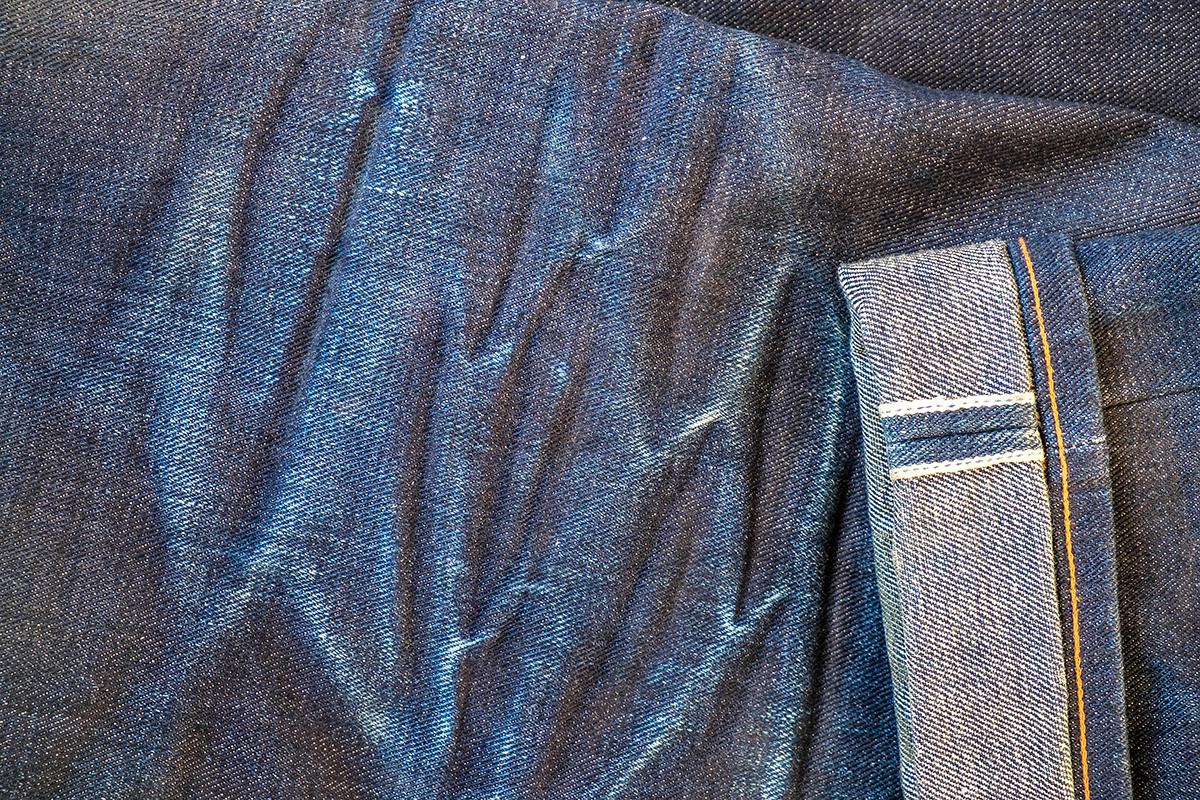
Where to Start?
Last year, the Levi’s style 501 celebrated 150 years in production. It comes in several styles, including some sewn from selvedge denim, making this model a classic go-to for beginners. Buck Mason is another brand that takes pride in producing 100 percent American jeans manufactured with traditional techniques.Don’t Wash After Every Wear
When it comes to maintaining your jeans, experts agree that you should wash them only when necessary. Some say after five to six wears, while others say you can wait until the 10th wear, unless they are visibly dirty. It depends on your lifestyle and the jeans themselves.Although denim is a strong fabric, being 100 percent (or almost 100 percent) cotton makes it sensitive to washing. Washing it less often helps extend its lifespan.
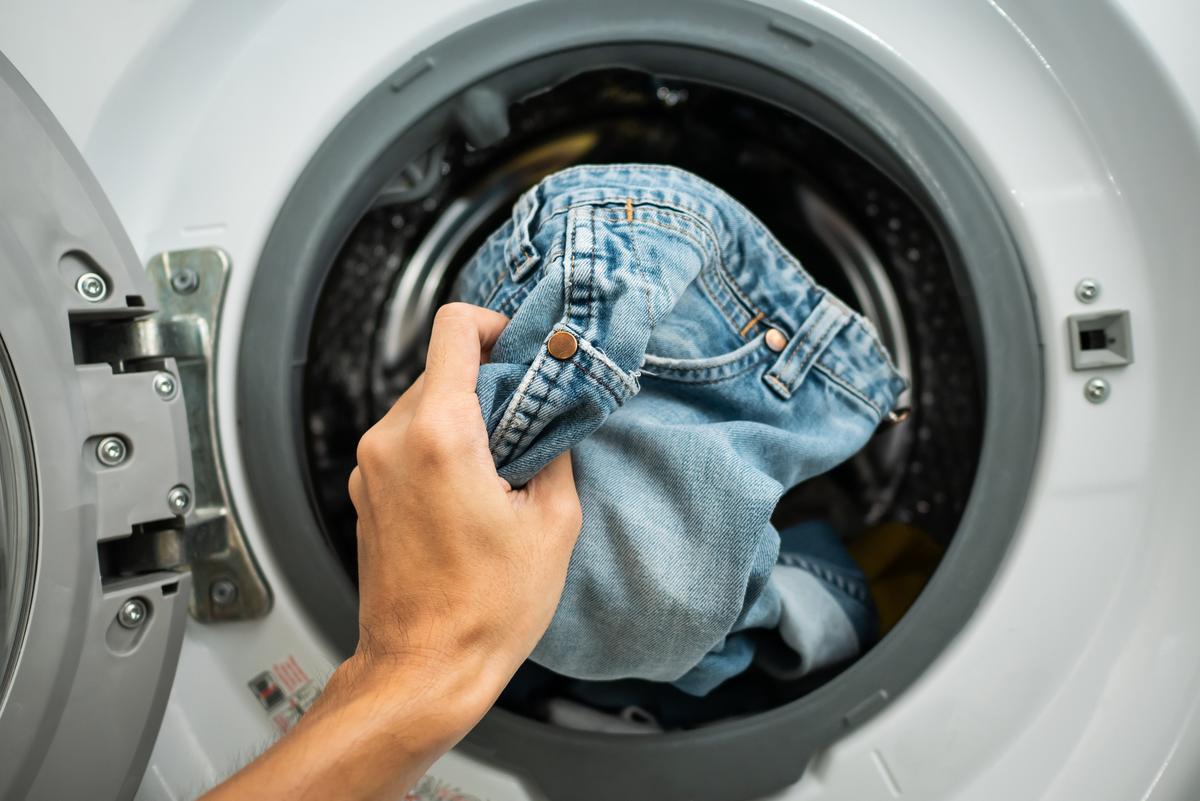
You might have heard of a tip that takes a more extreme approach to jeans maintenance: freezing them instead of washing. This may have started with raw denim enthusiasts, who avoid washing their jeans as much as possible. Freezing jeans may help fight some odors—but according to the experts, it doesn’t really work.
“Ah, the old denim myth. Freezing jeans to clean them is more of a gimmick than a garment care strategy,” Mr. Liebenberg said. “It won’t remove dirt or stains, though it may kill some odor-causing bacteria.”
Spot cleaning and airing out is a better alternative, Ms. King said.
When it does come time to wash your jeans, be gentle. As with any cotton clothing, experts recommend washing with cold water and a delicate cycle to prevent shrinkage. Hand washing is even better.
Another issue with dyed cotton fabrics is that they may bleed in the wash, and the indigo dyes used in blue jeans are no exception.
Skip the Dryer
When drying, avoid high heat. “Air drying is your denim’s best friend,“ Mr. Liebenberg said. ”The heat from the dryer can shrink and warp them.” He recommends hanging jeans or laying them flat to air dry.
As you choose and care for your favorite jeans, keep in mind that you will not be wearing just a pair of pants, but a piece of history as well. Every time you wear them, you’re keeping an American icon alive.












